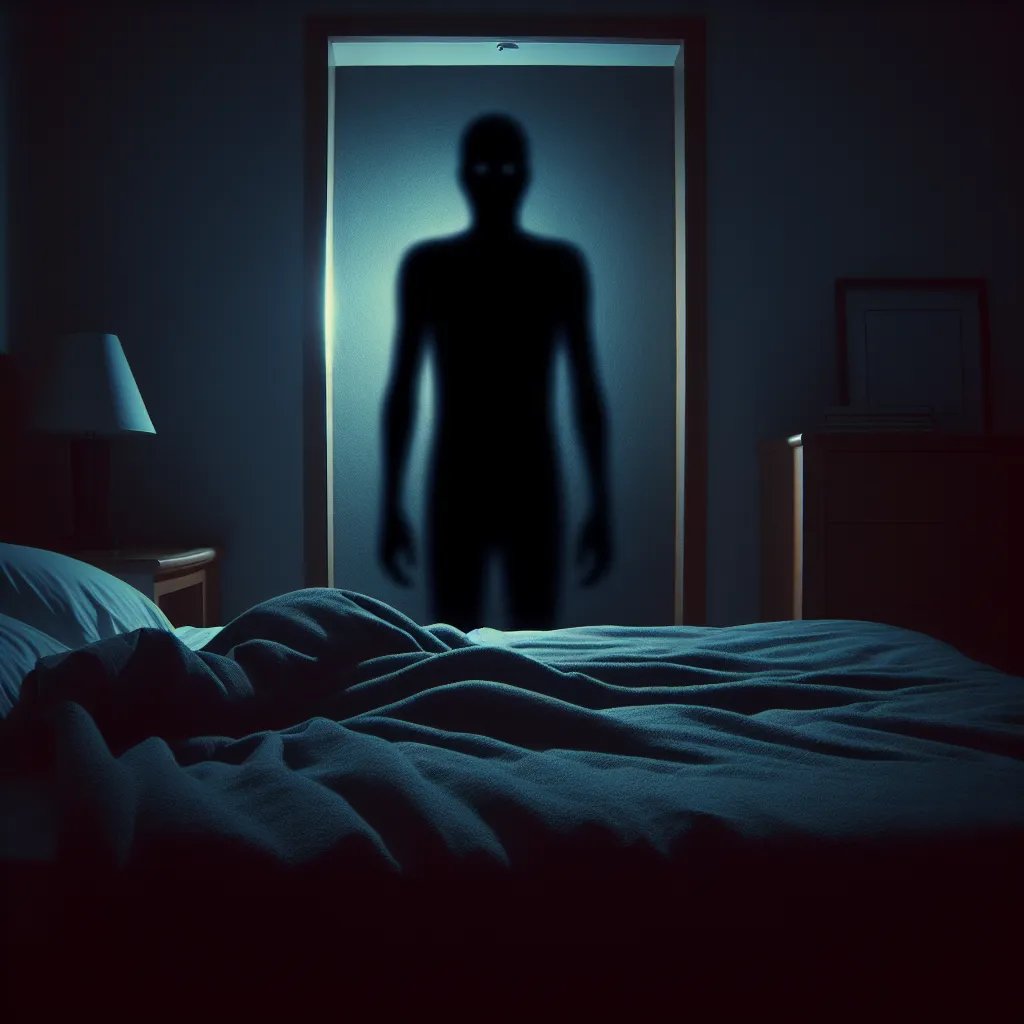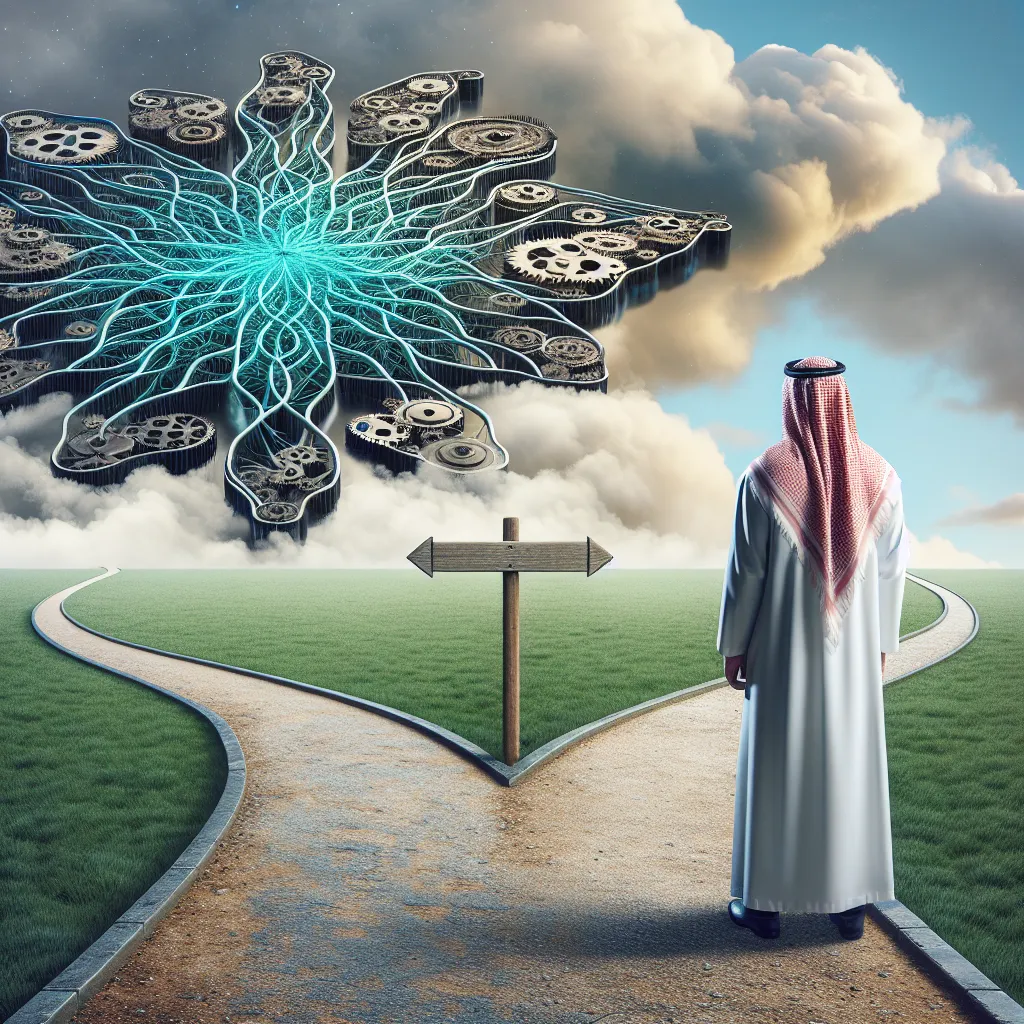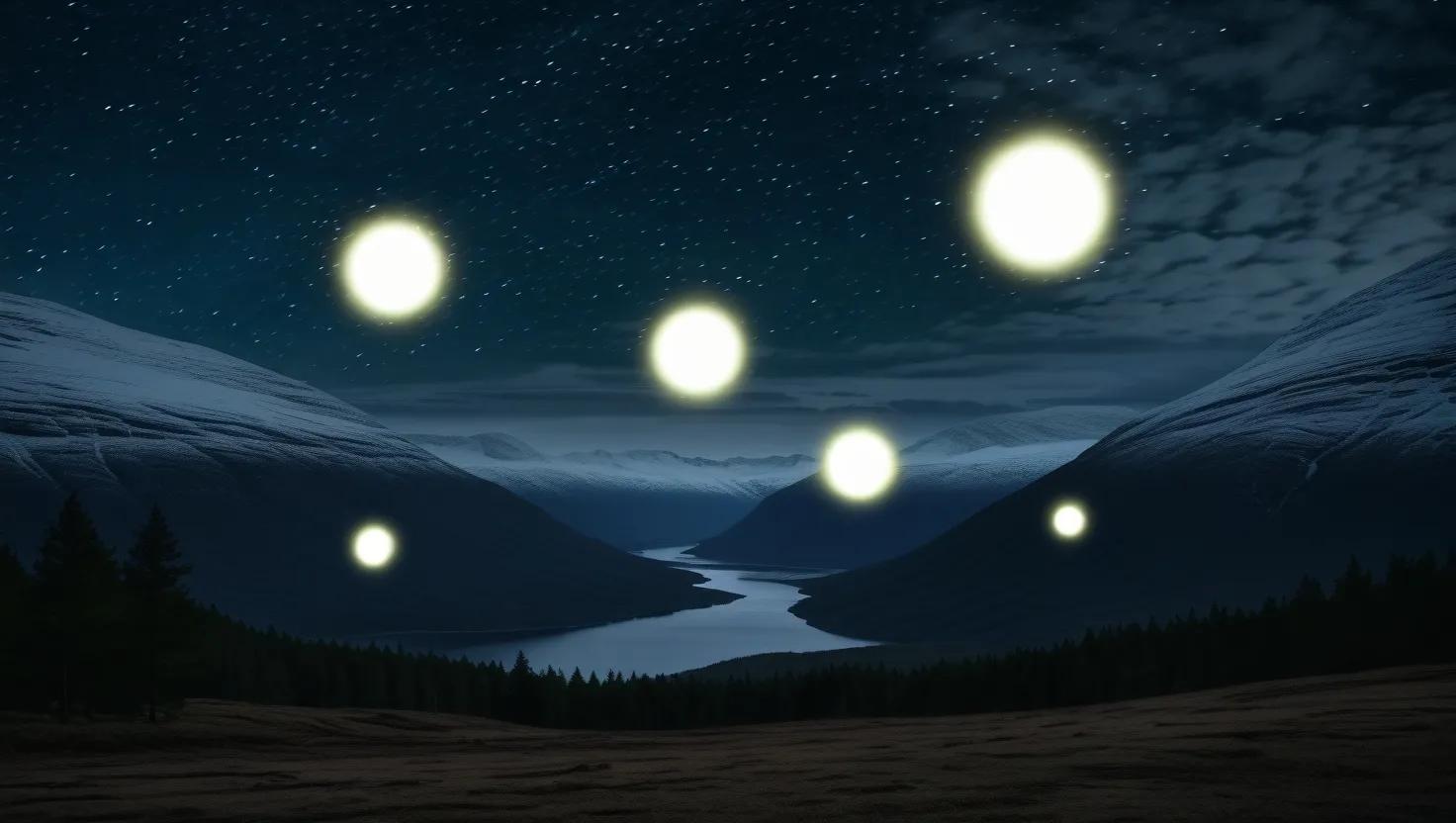It’s a common scene: you’re drifting off to sleep, or perhaps you wake up in the dead of night. You sense a presence in the room. Out of the corner of your eye, you catch a shadow moving. You try to turn and look, but you’re frozen in place. You attempt to shout, but no words come out. There’s an oppressive weight on your chest, making it hard to breathe. You strain again, and that’s when you see it: a shadowy figure. You can’t make out any features, but every instinct tells you this is no friend. There’s a faint hum, maybe a swift breeze, and then it’s gone. You’ve just encountered a shadow person.
For many, this experience is benign. But there are countless reports of shadow people encounters that are far more intense, traumatic, and even violent. I know because it happened to me.
Every culture has its own legends of the supernatural. From East to West, tales vary—yet there’s one eerie figure that seems universal: Shadow People. Appearances differ, but descriptions share a stark similarity. These figures are like dark silhouettes with no defining characteristics, often sighted at night, especially when one is in bed. Some even report hearing electrical buzzing, whispers, or screams. These shadows often vanish just as quickly as they appear, slipping into corners or walls. But in rare instances, they don’t just disappear—they get clearer, more detailed, and sometimes even violent.
Take medieval Europe, where tales of incubus and succubus—a demon that preys on the sleeping—spread fear. The word “nightmare” itself stems from the ancient Germanic term “mare,” a demon known to strangle sleepers. Similar entities exist in many cultures, like the Choctaw’s Nalusa Chito, which devours souls of those harboring evil thoughts, or the Sumerian Alu, which roams at night, paralyzing and possessing its victim.
Science often attributes these shadows to sleep paralysis—a state where one is awake but unable to move, sometimes hallucinating due to the brain’s dream mechanisms being half-switched on. It’s terrifying, sure, but still somewhat explainable.
Then there’s the Hat Man, a particularly menacing version of Shadow People, distinguished by his wide-brimmed hat. The Hat Man often foreshadows ill-tidings. Stories describe him as tall—sometimes towering over ten feet—with glowing red or yellow eyes. Sightings often spike with increased global turmoil, leading some to believe he’s an omen of the apocalypse.
Are Shadow People merely dreams gone awry, or do they belong to different dimensions, parallel worlds where beings cross the veil to observe or haunt us? Some theories suggest they might be astral projections, interdimensional travelers, or even aliens employing advanced cloaking technology.
While the cause is up for debate, the encounters often leave a lasting impression, making one question reality itself. Whether figments of troubled sleep or visitors from another realm, Shadow People inspire both fear and fascination universally.
To everyone sharing these tales, be they skeptics or believers, know this: our understanding of reality and the unknown is more interconnected than we might think. And until we can definitively say what Shadow People are, the mystery continues to linger in the dark corners of our minds.
Stay safe, sleep with one eye open, and remember—many before you have experienced these unsettling visitors. You’re not alone.






